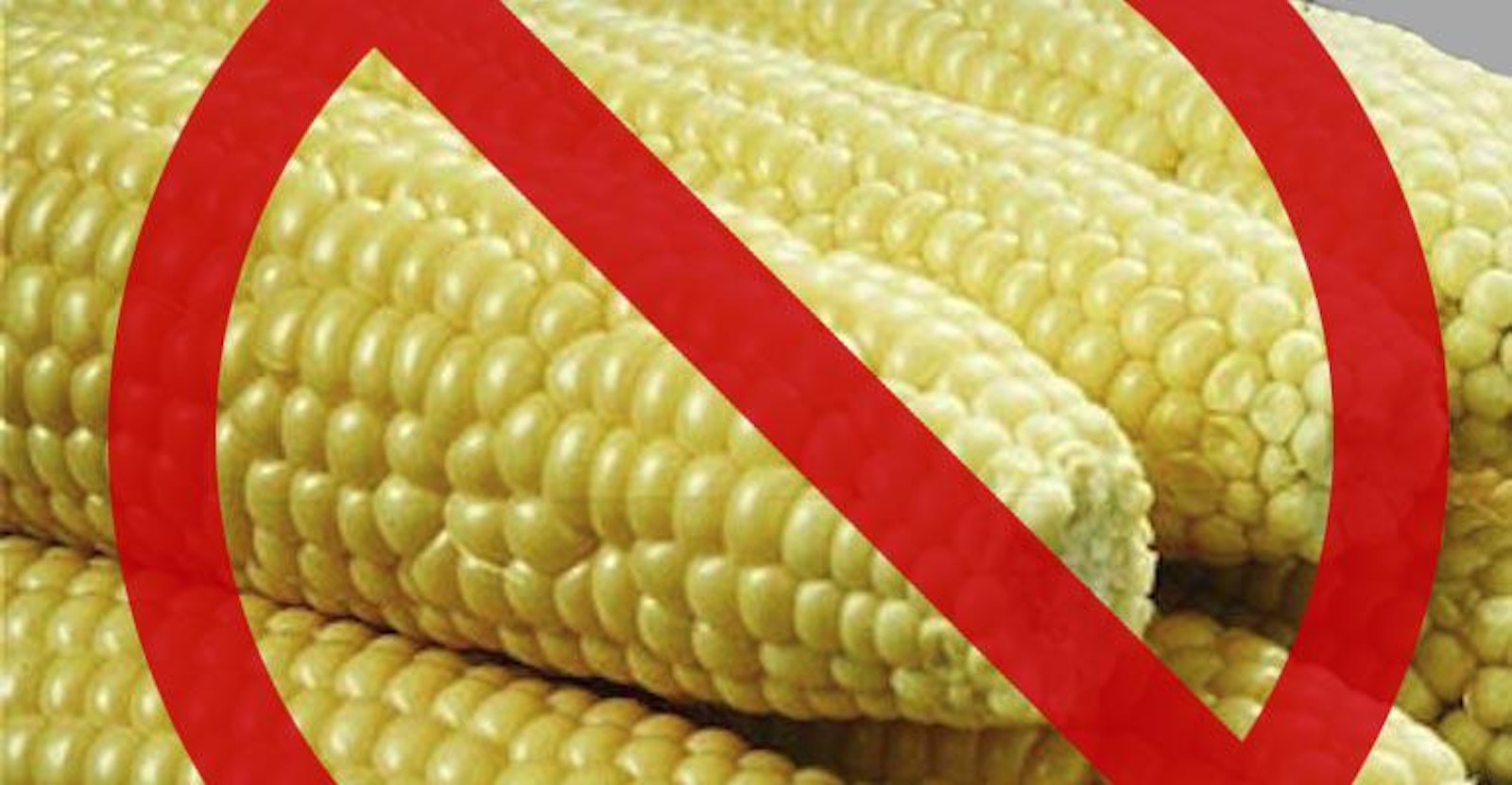If you’ve ever taken a whiff of a pale lager and gotten a noseful of corn, then you’re already familiar with this week’s off-flavor, dimethyl sulfide or DMS. A natural result of malting and mashing, DMS is generally frowned upon, and in most beer styles, it’s not really an issue. But because DMS has such a low perception threshold (humans can detect it at very low levels), even small amounts can overwhelm lighter styles.
First things first. Your best option for controlling DMS is on the hot side (i.e., malt selection, mashing, and boiling). Sure, bacterial contamination can create DMS, but if infection is the issue, chances are your beer has bigger problems than a little corn flavor (actually, infection-related DMS will probably taste more like cabbage, celery, or even shrimp).
By far the most common culprit when it comes to DMS is very pale malt such as pilsner. The precursor compound to DMS, called S-methylmethionine (SMM), is produced during the germination of barley, a key step in malting. All but the very lightest malts have most of their SMM driven away during kilning, but lightly kilned malts hold on to as much as eight times as much SMM as standard pale malt (2-row).

